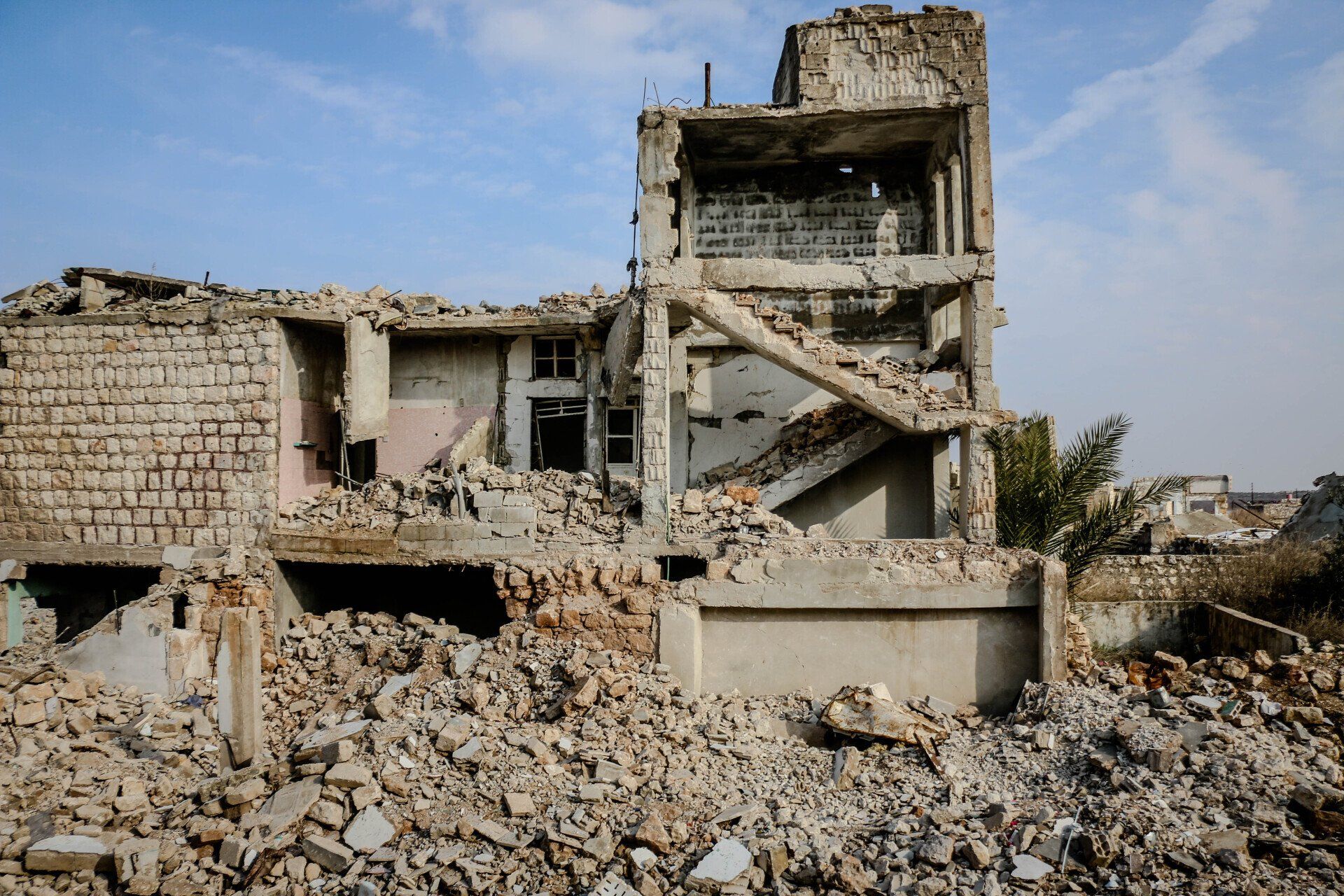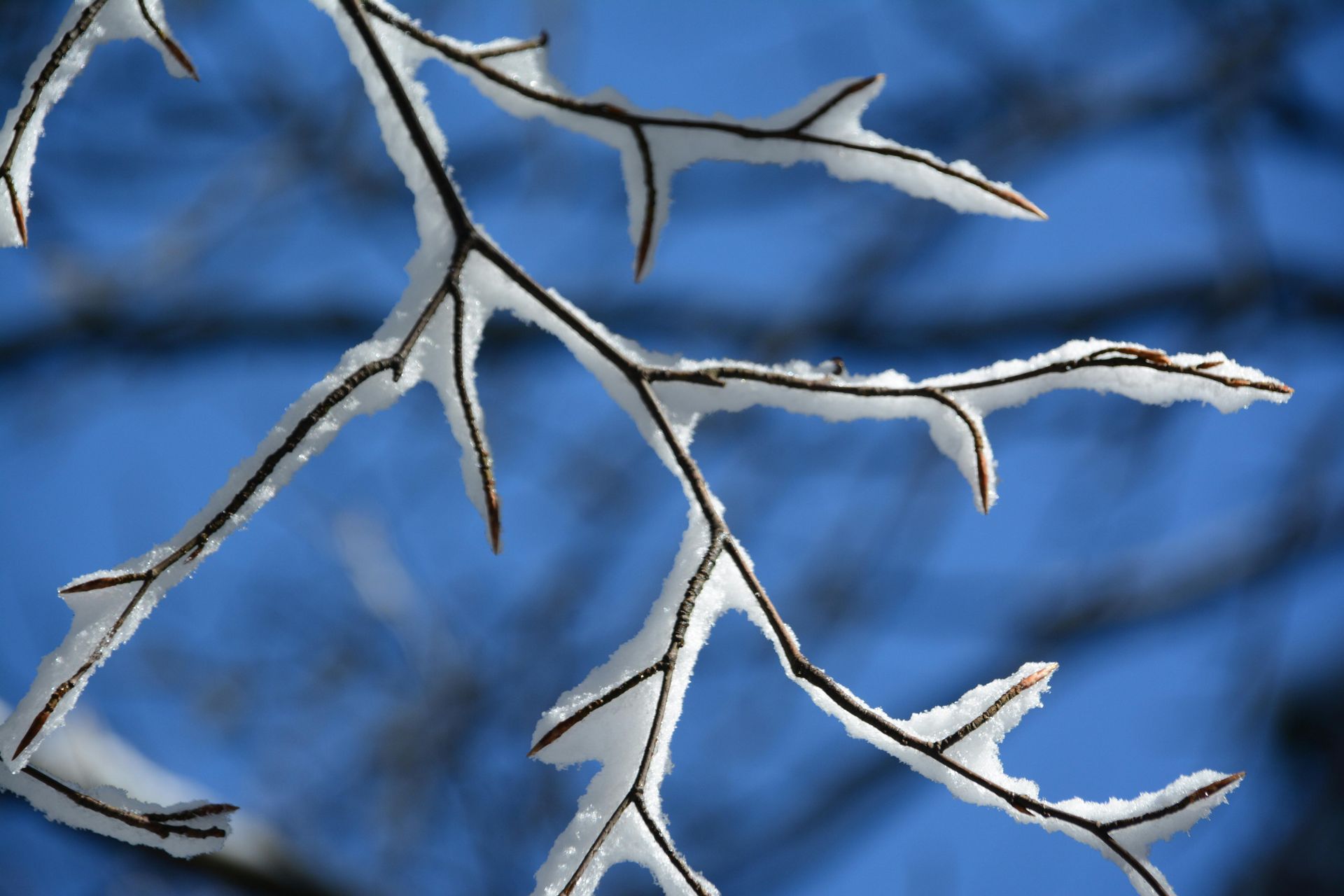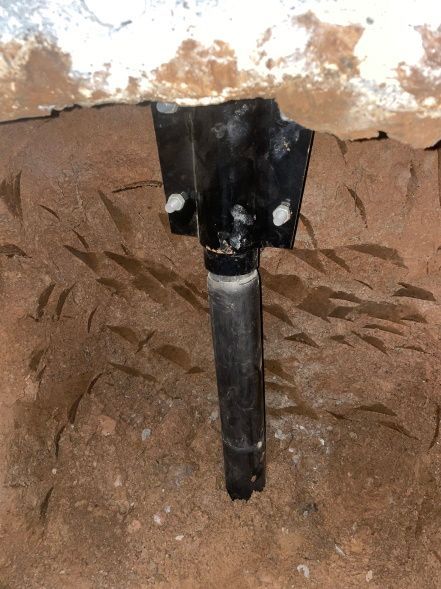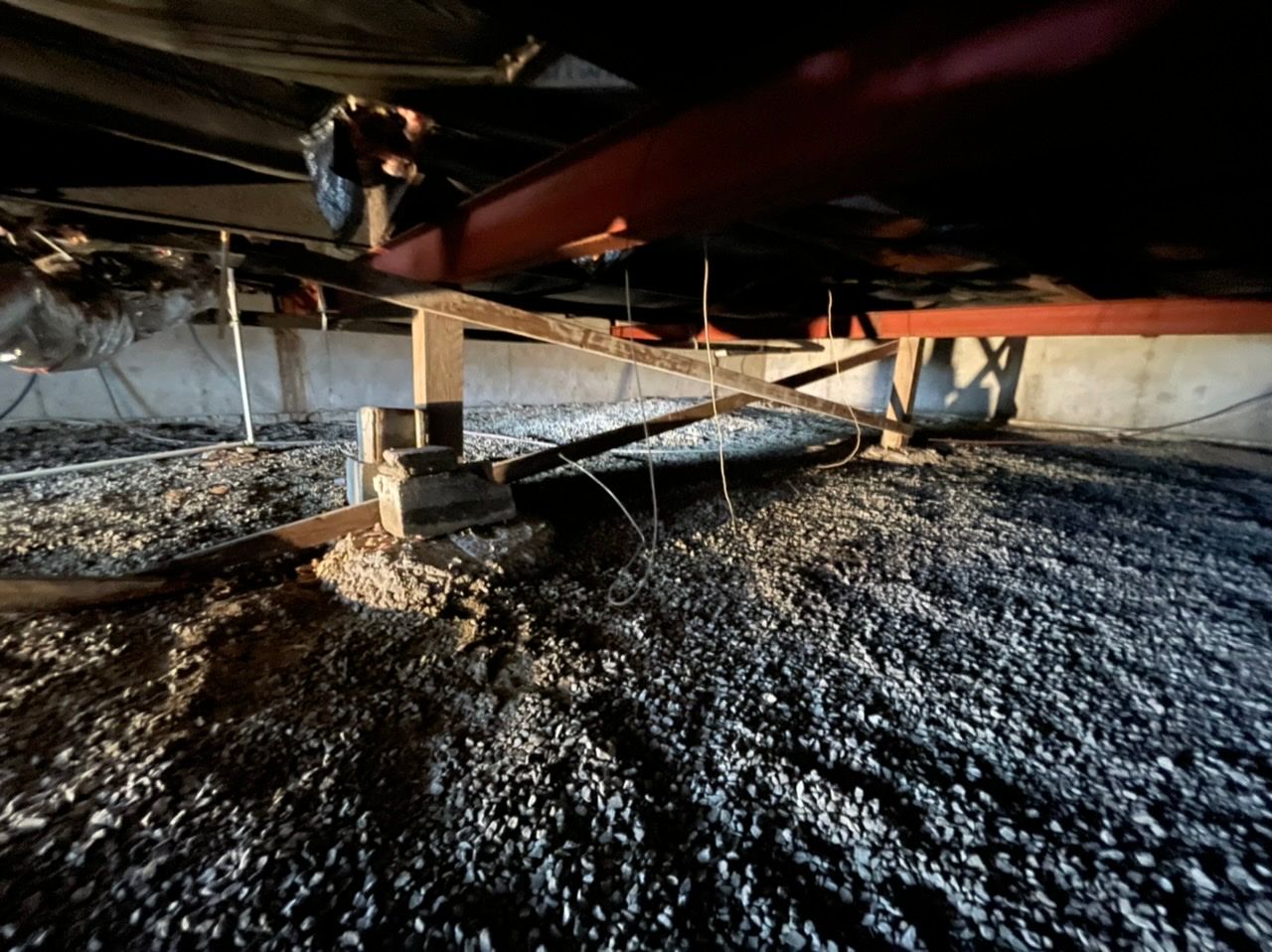Why the DynaPier® System Is the Best for Foundation Repair

At PierMagic Foundation Specialists, we use the DynaPier® foundation piering system. This foundation pier system has been engineered to be the best foundation pier option on the market. It is unique because it combines steel and high strength concrete making it one of the strongest foundation piers in the industry.
How the DynaPier® System Works with Your Foundation
If you were carrying a platter full of drinks, would you hold it by the edge or place your hand underneath? Obviously, if you place your hand under it, the weight is distributed more evenly. Holding it by the edge would put much more stress on your hand and would cause the tray to topple over. This is the essential concept behind the DynaPier® system.
How the DynaPier® Is Installed Is Critical
The DynaPier® system is installed centrally beneath the footing rather than outside of the footing, thus transferring the structural load directly on top of the foundation pier. Equally important, when installed, the DynaPier should be driven in as deeply as it will go, meaning it rests on bedrock or a dense stratum of subsurface material providing maximum support. Many other piers rely on the earth for support. Unfortunately, the earth moves over time, thus your home moves with it.
How the DynaPier® Is Made Makes It Superior
Our interlocking, DynaPier® segments are comprised of high-strength concrete that is pre-cast in a steel sleeve providing superior shear strength and compressive resistance as proven by independent testing labs. The outer casing is filled with a concrete core and cured for maximum hardness. The pier segments are hydraulically driven into the ground one at a time.
We Hand Drill So Your Yard Is Undisturbed
Some companies use large excavating equipment to install their piers. With DynaPiers, we do not use any large excavating equipment to install our piers, which means our installation process is not nearly as invasive on the property.
DynaPier® Compared to Other Piers
The DynaPier® System is superior to other piering systems in many ways. Compare the piers and the process below to see why.
DYNAPIER® VERSUS DRILLED CONCRETE PIERS
- The drilled concrete pier is made up of concrete with no steel to protect it.
- The angle of the shaft is not completely vertical. This compromises its durability.
- Drilled concrete piers are friction piers, which means they rely on the soil to create friction and press against them to hold them in place as opposed to end-loaded piers which rest on solid rock. Soil will shrink and expand depending on wet and dry soil conditions which will cause concrete piers to fail.
- Drilled concrete piers require a longer project time. The holes need to be drilled, then the concrete poured, then the concrete must dry for a week or longer in order to cure and raise the house.
- Drilled concrete piers require large excavating equipment that can be very invasive to the homeowner and can cause damage to the property.
DYNAPIER® VERSUS CONCRETE PILING PIERS
- The concrete piling pier is made of only concrete with no steel to protect it.
- Concrete piling piers are friction piers and not end-loaded, which means they rely on the soil to create the friction needed to hold them in place rather than bedrock. There is a huge problem with this system, as the soil gets wet or dries out, the soil will expand and contract causing it to lose friction, which means eventually it will fail. This is a very common problem with these piers.
- Shims are not contained, so even slight movements in the soil can make the shims misalign and cause settlement.
- Oftentimes, the concrete shim sections are intentionally broken onsite with a hammer, this creates an uneven surface that allows for very little contact between the steel shim and the concrete block.
DYNAPIER® VERSUS OFFSET STEEL PIERS
- The offset steel piers have hollow steel tubing and are constructed of only steel, so it is not nearly as strong as the DynaPier®.
- With the offset steel pier, the loads do not transfer directly onto the pier, therefore the spot directly under the bracket is vulnerable to breaking and will buckle under pressure.
- Offset steel piers have a steel bracket with up to a four-inch offset which allows for buckling directly beneath the brace.
- Most companies that use the offset steel piers use large excavating equipment to install them, which can be invasive to a homeowner’s property and increase the potential for property damage.
The DynaPier® system is centrally and directly beneath the load/footing and foundation, with no loose shimmed components that can allow for slippage, ALL parts are connected to form a monolithic unit. The result is a foundation that far exceeds the home’s original structural integrity, making your foundation better than new.
IF YOU NEED HELP WITH FOUNDATION PROBLEMS, CALL US AT 816-765-4800 OR FILL OUT THE BELOW FORM.




